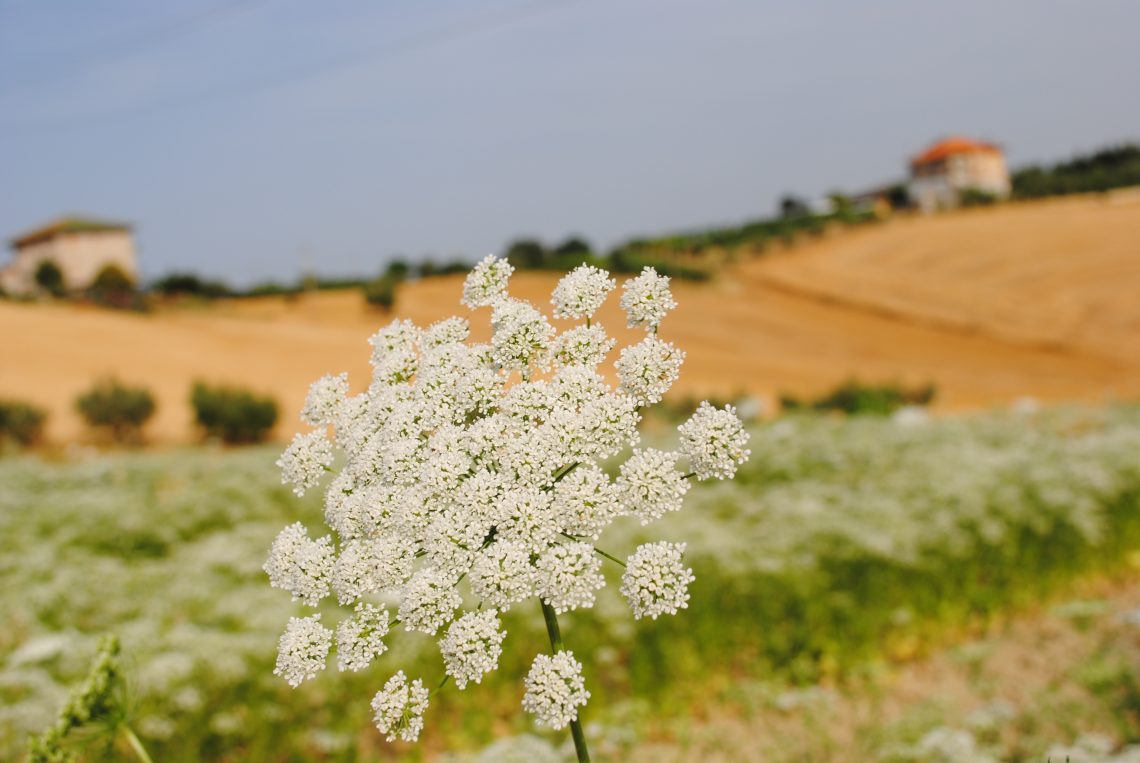
Anisette/Anisetta, a tasty liqueur worth indulging
Anisette/Anisetta is a sweet but potent liqueur made from aniseseed. Anise, called Anice (pronounced ah-NEE-cheh) in Italian, once grew wild in the Mediterranean and is one of the oldest known spice plants.
Anisette is predominantly flavored by the “licorice”-flavored essential oil anethole elaborated from anise seed.
Anisette is particularly popular in the Mediterranean region, and different countries have their own versions. The Italian version was born in the town of Ascoli Piceno. There are 2 men and their families who are mostly linked and who have shaped the history of the Italian Anisette/Anisetta: Umberto Rosati and Silvio Meletti.
Silvio Meletti, the distiller who introduced Anisetta to the world
While Anisetta Rosati is pretty famous in Ascoli, if we look outside Marche and Italy, the most know Anisetta is the Meletti. This is because Silvio Meletti also used his talent for commercializing his products; he used to give as presents liquor bottles to people he trusted in neighboring towns so the liquor would be known outside his town. He brought his liqueur of Anisette to well-known international fairs of that time and he was awarded Honorable Mention at the Paris international expo in 1878. Sales became florid and Anisette achieved success all over Italy.

Silvio learned her mother’s technique and recipes and started studying French essays on distillation (His family still owns his book dated 1700) and after several experiments, he enhanced the recipe and distillation technique that is still used today to obtain the Anisetta Meletti. This recipe main ingredient is the green anise (Pimpinella anisum), a type of anise typical of the Mediterranean area; green anise is strongly aromatic because of the clay nature of the soil in the Marche region and particularly in the Ascoli area. The anise of these lands is, in fact, two or three times more fragrant than the anise in other Mediterranean areas. This particularly fragrant anise was and still is going through a process of a discontinuous steamed distillation. The “flavoring” part of the Anisette liqueur is taken from other distillations of carefully chosen flowers, seeds, and fruits and then is added to the liquor. The recipe and the procedure elaborated back in 1870 are the same used today by the Meletti heirs and the Meletti family is still the only company owner.
Matteo Meletti, the fifth generation, told me that this recipe is so secret that Silvio (his great great grandfather) left it to his son (my great grandfather) in code so that if somebody stole his recipe book they couldn’t understand!! It is made by separate distillation and it includes seeds and fruits.
How to drink Anisette
The Anisetta (anisette) liqueur is essentially a digestivo, so it is meant to uplight the stomach after a meal. Anise in fact is known to aid with intestinal disorders. The Greek mathematician Pythagoras was the first to state that anise would prevent belching and stomach pain. In Rome, anise was used in a sweet cake at the end of banquets to aid in digestion.
So one of the most common way to enjoy Anisette is together with coffee, which is also the beverage that define the end of a meal.
Anisette can be poured inside the coffee, which become a “caffe’ corretto” (you will be ordering a “Caffe’ corretto con Anisetta, per favore”?). Or it can be used as “ammazzacaffe'”, which means that the Anisette will be poured in the espresso cup after you finish to drink it, and it will litterally “rinse” the cup, mixing with some of the leftover coffee drops and sugar.
Always linked to the tradition of having Anisetta with coffee, you can also order an “Anisetta con le mosca”, meaning “with the fly”, which is served as straight Anisetta with a coffee bean in the glass.
If you come earlier in the evening, you can try the Anisetta as aperitivo with the addition of some sparkling water, also called seltz. One curiosity is that the anisette reacts on contact with fresh water or ice, taking on a strange color tending to pearl gray. The cause is attributable to the active ingredient of anise, ananol, which forms opaque crystals in contact with water / ice. Talking about ice, at the caffe Meletti, you can step up to the gelato window and get a scoop of anisetta ice cream. It’s really good.
You can use the Anisette Liqueur also for yummy pastry!
We are writing a post with some recipes for Anisette cookies and some cakes. Come back for more!



